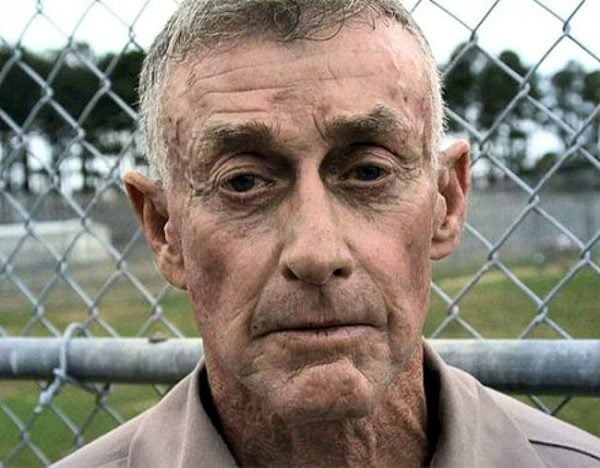
The death of Kathleen Peterson on December 9, 2001, has provided a wealth of true crime fodder and facts for fans of the genre to really sink their teeth into.
The story of her death, and the following trial of her husband who was accused of her murder, resulted in Dateline segments, a Lifetime movie and dozens of true-crime television episodes and dedicated podcasts.
Now, fascination with the puzzling case has been renewed, thanks to a revamped documentary series called The Staircase, which has just dropped on Australian Netflix. The first eight episodes of the series were released in 2004 and now brand-new episodes with fresh information have been added to the series.
The Staircase follows the compelling story of Michael Peterson, a crime novelist who was accused of killing his wife Kathleen after she was mysteriously found dead at the foot of a staircase in their home in Durham, North Carolina, with lacerations to her head and surrounded by a pool of her own blood.
Peterson was arrested and found guilty of first-degree murder, leading to a life sentence that was eventually overturned because of a plea deal.
However, along with evidence that pointed towards Peterson’s involvement with his wife’s death, another slightly more bizarre theory was also put forward for consideration.
During the trial, lawyer and businessman Larry Pollard insisted he had unearthed a State Bureau of Investigation report that would see his former neighbour, Peterson, released from prion. For more than four years, Pollard had been insisting that an owl was responsible for Kathleen’s death, believing that the bird had caused the extensive blunt-force trauma and head wounds that had resulted in her death.


Top Comments
Evidence of strangulation was never presented in the series until the last episode. Probably because if it was introduced at the begining of the series no one would buy the 'fall down the stairs' theory and continue to watch. I felt cheated that it was only mentioned at the end.
I’m confused I’ve watched all episodes and the owl theory was never mentioned. Larry Pollard was never shown on the documentary
Yeah I watched the original series a couple years ago and there's no mention of the "Owl Theory" in it hey.
Must be in the new episodes.